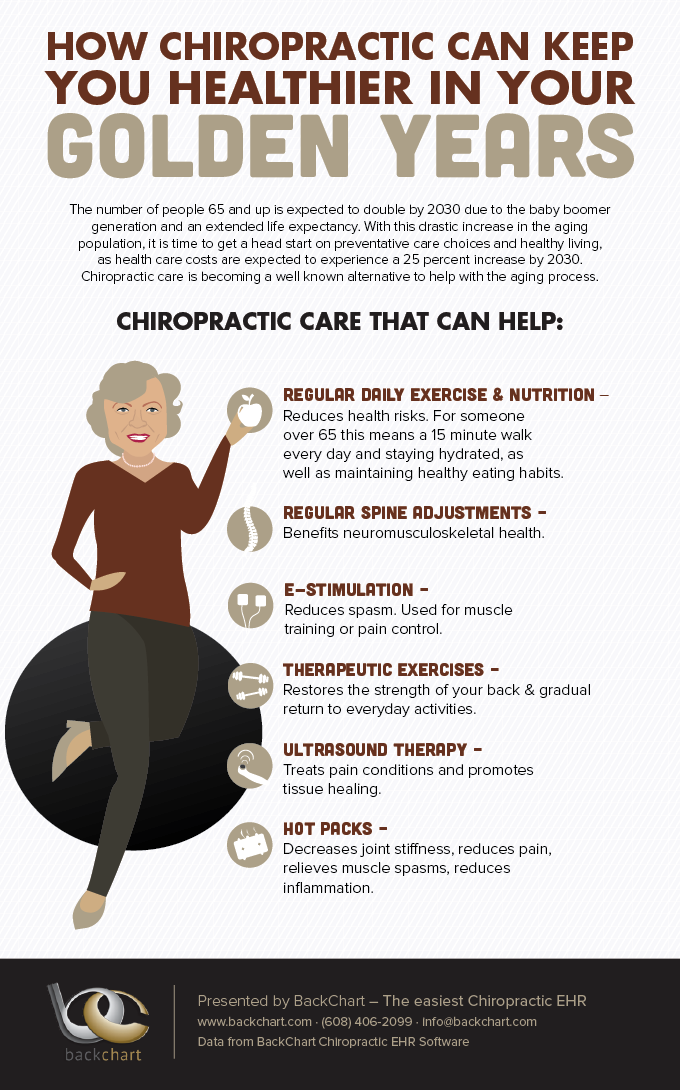The Scientific Research Behind Cold Laser Therapy: Comprehending Its Mechanisms And Results
The Scientific Research Behind Cold Laser Therapy: Comprehending Its Mechanisms And Results
Blog Article
Author-Krog Hanna
You may have come across cold laser treatment as an encouraging treatment alternative for different problems, but have you ever before asked yourself exactly how it really deals with a mobile degree? Recognizing the devices behind this therapy can clarify its performance in promoting healing and minimizing swelling. By exploring lazer hair removal behind cold laser therapy, you'll acquire insights right into the fascinating methods which light can influence cellular processes and help with tissue repair work.
How Cold Laser Treatment Works
To recognize just how cold laser therapy functions, you require to realize the essential principles of just how light power engages with biological cells. Cold laser treatment, additionally called low-level laser therapy (LLLT), makes use of details wavelengths of light to pass through the skin and target underlying cells. Unlike laser therapy for dogs near me utilized in procedures, cold lasers release low levels of light that do not produce heat or create damage to the tissues.
When these mild light waves reach the cells, they're absorbed by components called chromophores, such as cytochrome c oxidase in mitochondria. This absorption causes a series of organic actions, including increased cellular energy production and the release of nitric oxide, which enhances blood flow and decreases inflammation.
Moreover, the light energy can likewise promote the manufacturing of adenosine triphosphate (ATP), the energy money of cells, assisting in mobile repair work and regrowth procedures.
In essence, cold laser therapy takes advantage of the power of light power to promote healing and minimize pain in a non-invasive and mild fashion.
Devices of Activity
How does cold laser treatment actually work to generate its restorative results on biological tissues?
Cold laser treatment, likewise called low-level laser treatment (LLLT), operates with a procedure called photobiomodulation. When the cold laser is put on the skin, the light energy penetrates the cells and is absorbed by chromophores within the cells.
These chromophores, such as cytochrome c oxidase in the mitochondria, are then stimulated by the light power, causing a waterfall of biological reactions. One crucial device of action is the improvement of cellular metabolism.
The taken in light energy raises ATP production in the mitochondria, which is vital for mobile feature and repair. In addition, cold laser therapy aids to decrease inflammation by hindering inflammatory mediators and advertising the launch of anti-inflammatory cytokines.
This anti-inflammatory result adds to discomfort alleviation and tissue recovery.
Therapeutic Effects
Comprehending the therapeutic effects of cold laser therapy involves identifying exactly how the improved mobile metabolic process and anti-inflammatory properties contribute to its favorable results on biological tissues.
When the cold laser is related to the affected location, it boosts the mitochondria within the cells, leading to enhanced production of adenosine triphosphate (ATP), which is critical for cellular feature and repair work. This increase in cellular power speeds up the recovery process by promoting cells regrowth and minimizing swelling.
Additionally, the anti-inflammatory properties of cold laser therapy help to lower pain and swelling in the targeted location. By hindering inflammatory arbitrators and advertising the launch of anti-inflammatory cytokines, cold laser treatment help in reducing pain and enhancing the total recovery response.
This decrease in inflammation not just provides prompt relief but likewise supports long-term tissue repair service.
Conclusion
Finally, cold laser therapy functions by promoting mobile repair work and tissue regrowth through photobiomodulation. Its anti-inflammatory residential or commercial properties provide pain relief and minimize swelling by hindering inflammatory conciliators.
This therapy uses a comprehensive strategy to healing, delivering both immediate alleviation and lasting tissue repair benefits.
With its mechanisms of activity, cold laser therapy shows to be a reliable and encouraging therapy choice for a variety of conditions.
